More trees please! Why it’s time to make trees the new fashion icon of gardening. Trees matter and old trees are simply the best
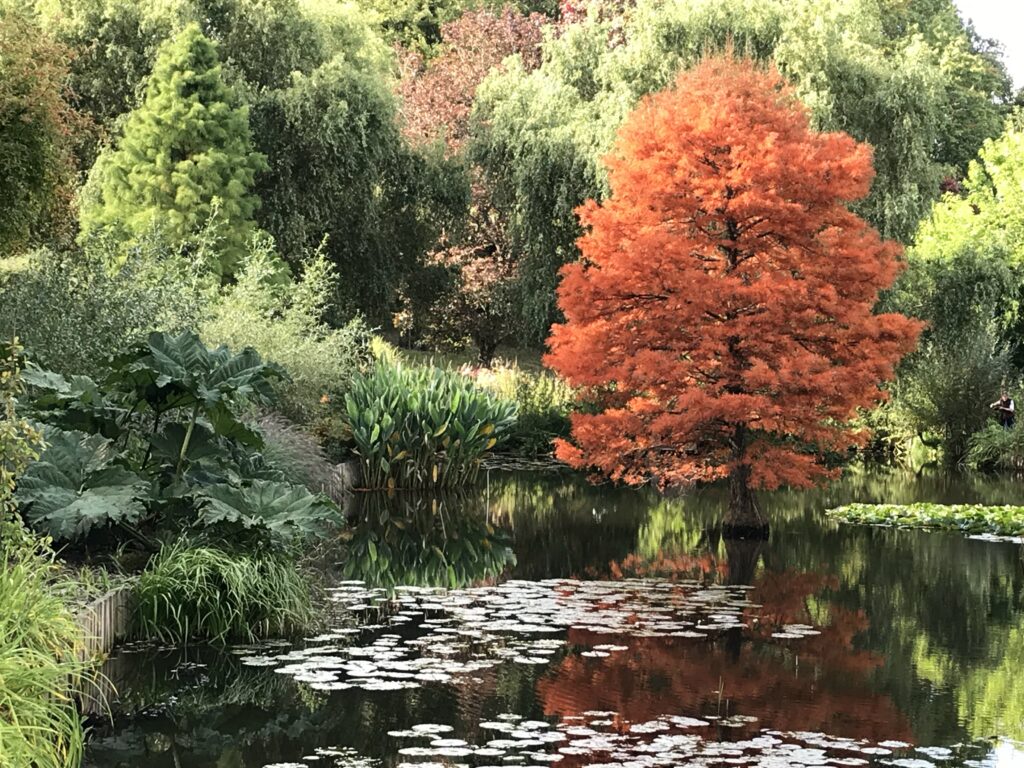
The devastating felling of the Sycamore Gap Tree in Northumberland has focused attention on trees. And that is a good thing. Trees are absolutely vital. And trees are beautiful too.
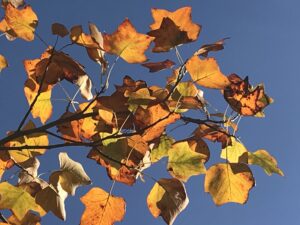
I’d rather have a tree in my garden than a statue. Trees change with the seasons and grow with us into larger-than-life entities. I find it totally incredible that a tree can grow from a small seed, nut or fruit into a large, incredibly beautiful plant. And that they can do that on their own, with little or no input from humans. Woodlands have covered our planet since woody plants evolved 360 million years ago, back in the Carboniferous era.
Shortly after the end of the last great ice age – 10,000 years ago – 57% of the world’s habitable land was covered by forest and that means trees! In the millennia since then a growing demand for agricultural land means that we’ve actually lost one-third of global forests – that’s an area twice the size of the United States and half of this loss occurred in the last century alone. (Ref 1)
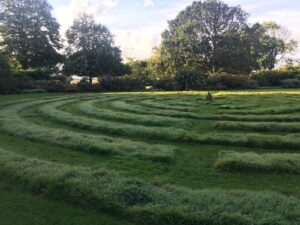
Oxygen generators
Trees are the lungs of the planet. They take CO2 from the atmosphere and convert it to food in their leaves in a fascinating process called photosynthesis. But the reason they are regarded as the lungs of the planet is because they also create oxygen during photosynthesis.
Let’s track back a bit. Trees take CO2 from the atmosphere. Read that again. Trees take CO2 from the atmosphere. And they do it for free! It’s what they do. Is it any wonder that by cutting down great swaths of forest and woodland our CO2 levels are on the rise??
Planting trees won’t cut our CO2 emissions, but it would help offset some of the damage we are doing and as gardeners it is something that we can do.
But young trees take time to grow which is why the Sycamore Gap tree destruction is such a tragedy, it wasn’t just an iconic tree due to its beauty and the setting. Established old trees are incredible entities. Each one is a community of life, not just the tree itself but the creatures that depend on that tree for their existence.
A single 400-year-old ancient oak produces 234,000 litres of oxygen a year while soaking up carbon dioxide, and can support more than 2,000 species of bird, insect, fungus, and lichen.
A tree’s place in the balance of nature is irreversible. It might be food for a species of moth, the nectar from its flowers may sustain populations of pollinators and its fruit might ensure the survival of birds and other wildlife.
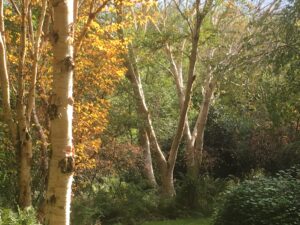
Dead wood
But it’s not just living trees that create habitat and food within the natural cycle. As trees start to senesce and deteriorate, various fungi play a role in the breakdown of the timber and tissues. Many fungi start this process while the trees are very alive, in fact many fungi have close relationships with plant roots, enabling the plant to reach nutrients and moisture deeper in the soil. Other fungi start to feed on the heartwood of trees as the tree starts to age. This eventually creates hollow cavities, but also releases nutrients from the decay process that are accessible and used by other micro-organisms and mini-beasts which in turn break down and recycle more of the decaying timber. Many fungi are closely associated with specific species of trees and need those tree types to complete their life cycle and ensure their survival.
But deadwood is also vital for a huge range of insects, especially beetles but also flies (including hoverflies), bees, moths, spiders, millipedes and snails, all of which are vital food sources for other creatures higher up the food chain. The rare and extraordinary stag beetle can exist as a dead wood eating larvae for up to seven years before it emerges as an adult to breed. Dead trees and decaying timber is absolutely vital for this enigmatic creature to survive. In the UK there are around 2000 species of insects that need dead and decaying wood to survive.
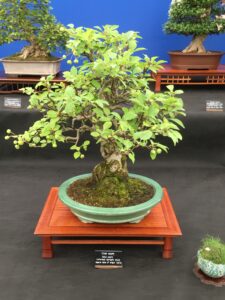
Nesting and roosting and tree hugging
We all know that some birds nest in trees, but did you know that bats, hedgehogs and even rabbits can take advantage of hollow spaces within an aging tree. Many birds roost in the branches of a tree while others will feed on the beetle grubs and other larvae feeding on the dead wood; woodpeckers being the obvious example.
- Look after your old trees whether they are in your garden or local woodland.
- Share their beauty with all ages. Talk about them, point them out to others and visit them. There is no shame in hugging a tree!
- Plant a tree or two but in the right place. Don’t plant trees out in nature without expert advice, instead choose beautiful trees to grow on your plot and in your garden.
- Plant a tree as a memorial to someone special or to mark a birth or a marriage.
- Give a tree as a gift.
- Plant acorns and tree seeds and grow trees that thrive in your locality.
- Take photographs of trees and share them on social media.
- And if space is an issue grow a bonsai tree instead and learn about the natural seasons and cycles of your tree.
Ref 1 – Hannah Ritchie (2021) – “The world has lost one-third of its forest, but an end of deforestation is possible”. Published online at OurWorldInData.org. Retrieved from: ‘https://ourworldindata.org/world-lost-one-third-forests’ [Online Resource]










